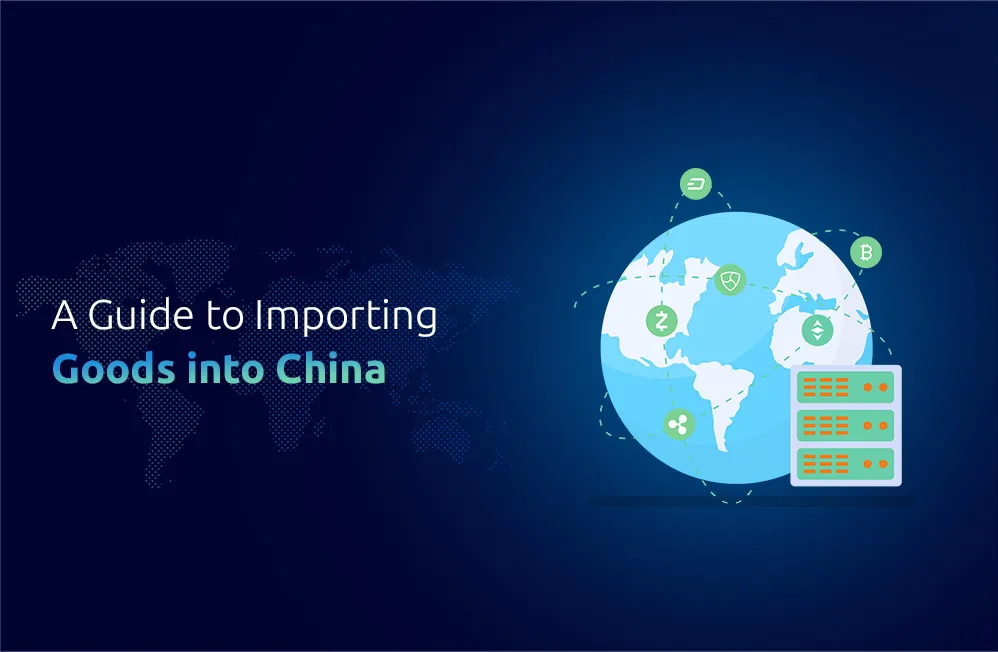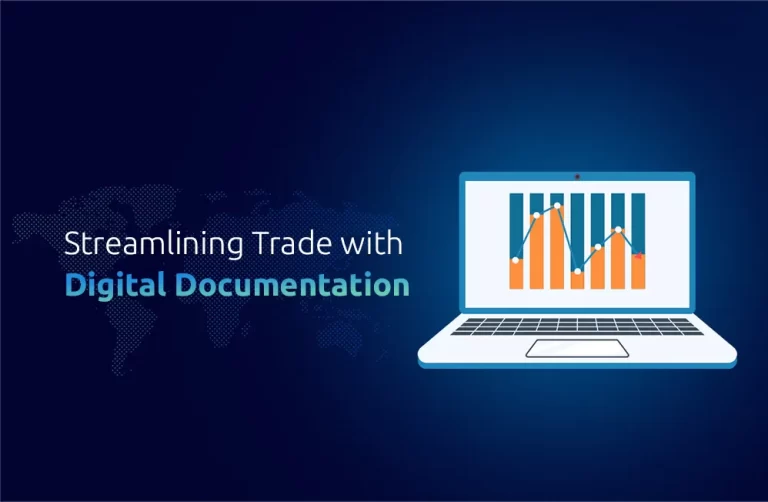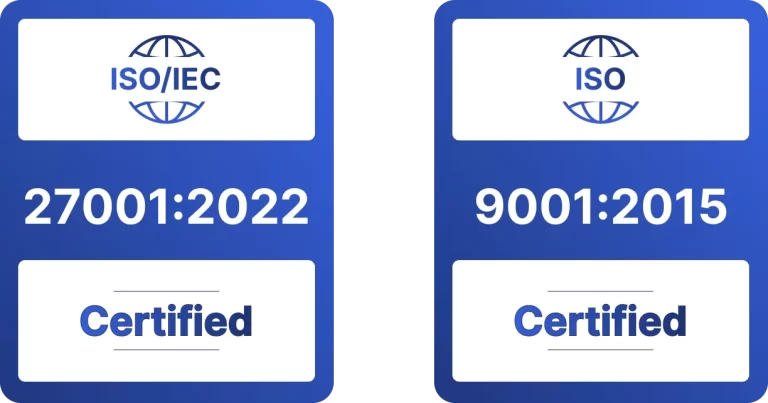The vast size of China’s import market makes it invaluable to various businesses. A whopping 8.6% of the Chinese imports were integrated circuits, which includes IT Technology, with their most significant trade partners being in the ASEAN regions (an international organization that has ten member countries in Southeast Asia), which is almost double that of the next region, the European Union.
China is regarded as an excellent economy in the world. Despite the evident draw of the complex and fast-growing Chinese market, it must be acknowledged that importing into China comes with a plethora of problems and demands a great lot of pre-thought and preparation to accomplish so effectively.
1. Register As An Importer
If a foreign company is looking for a Chinese importer of record to handle customs clearance (and quarantine, if necessary), they should take advantage of China’s credibility system to learn the essentials about their potential importer from official sources or assess the company’s record of accomplishment through a public register kept by the GACC.
The CNCA will make the name of the foreign manufacturer known to the public if they determine that it satisfies Chinese registration standards. The initial period of registration is for four years, with renewal possible.
2. Required Paperwork For Entering A Country
Entities must provide various documentation, including a thorough packing list and a description of the packaging material, as well as information on quality, quarantine, origin, and import control before the items may be sent.
Once the package reaches China, only then will this documentation be examined. To minimize unnecessary delay and storage fees, the organization must verify the authenticity and completeness of all papers.
The HS nomenclature is the international system used to categorize all products traded between countries; entities can use the HS codes available on the China Customs’ website to verify the product category and the associated import tax rates, documentation, licenses, and testing requirements.
3. Filing for a Trademark
Trademark registration in China is essential for an overseas company to safeguard its brand since the country only recognizes trademarks registered within its jurisdiction and uses a first-to-file procedure.
If the company values its brand and bottom line, it must take this step to protect itself against trademark squatters and conflicts with local counterfeiters. Suppose a foreign company does not have a permanent establishment or residence in China. In that case, it is advised that it submit trademark applications with the Trademark Office of the China National Intellectual Property Administration (CNIPA) via a registered agent.
4. Methods Of Dissemination
As regulations differ, certain licenses and permits are needed for importation. Many distributors traditionally relied on authorized importers who would clear customs and do other things for them. However, the landscape is shifting, and distributors are increasingly becoming import agents and wholesalers, developing their networks of sub-distributors. Now, major players can import directly from manufacturers, bypassing old-school intermediaries. When approaching exclusivity agreements with overseas partners, understanding their expertise, importation capabilities, & distribution networks is important to ensure smooth operations & compliance.
Possible Promising Future with China
To bolster economic, social, and environmental foundations to achieve robust growth, China’s 14th five-year plan (FYP), which spans 2021-2025, was formally implemented in March 2021. In China’s rapidly developing e-commerce market, Malaysian companies have many prospects. Merchants who want to succeed in a dynamic global economy must learn to pivot quickly in response to new opportunities and threats. To achieve this goal, retailers may team up with a reliable global logistics provider to help them save money on fixed costs and close any gaps in their go-to-market plan.
Conclusion
To avoid administrative delays or noncompliance, exporting to different areas within China requires careful attention to detail due to the country’s vast size. If you follow these instructions, you’ll have a much easier and more effective procedure.
FAQs –
How can I bring goods into China?
In order to import or export goods, the importer or exporter is required to provide the customs authorities with a declaration that includes pertinent information. In China, each importer—who may be a trading business and not always the final consignee of the goods—must possess a Customs Registration Code.
Does a 25% tariff apply to items made in China?
At the moment, the US levies a 25 percent tariff on around $250 billion in Chinese imports and a 7.5 percent duty on about $112 billion in imports from China.
What is China’s import tax?
Value-added tax (VAT) of 13 percent or 17 percent is applied to all items imported into China. Certain products, are eligible for a 13 percent tax; other goods subject to the VAT tax are subject to a 17 percent tax.
What is the import duty in China?
all taxable goods in China are subject to a standard 13% VAT rate. Instead, a 9% VAT charge is in effect on them. The following formula may be used to determine the import VAT: VAT Rate × Composite Assessable Price equals import VAT.












